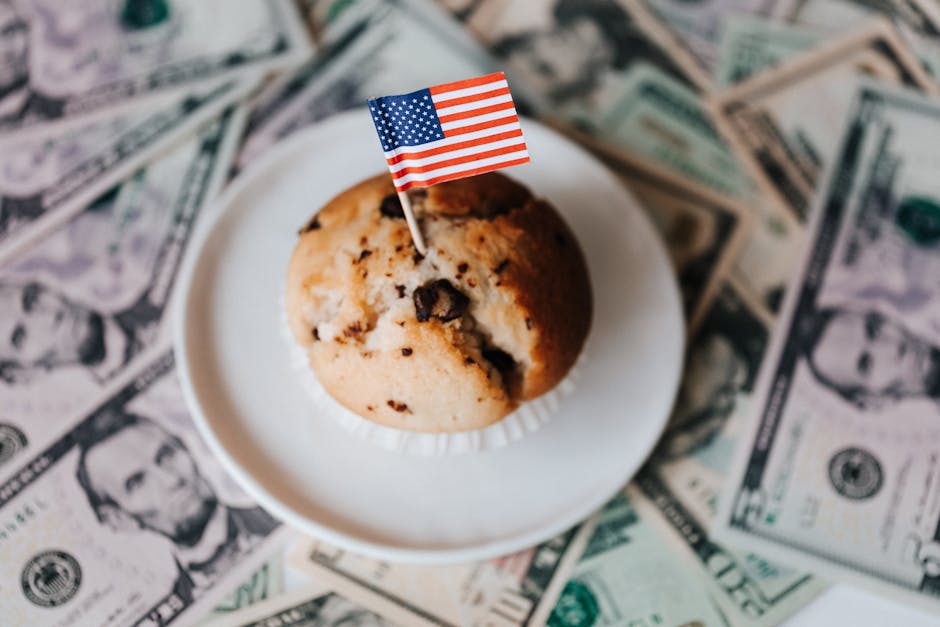The Dollar’s Paradoxical Climb
In a week where expectations pointed to a stumble, the US dollar once again showcased its remarkable resilience. Despite softer-than-expected inflation data that should have weakened it, the greenback closed with a modest weekly gain, leaving traders and analysts to unpack the counterintuitive move. The key question is: why did the dollar rise when the data suggested it should fall?
Softer Inflation Fails to Dent the Dollar
The main event for financial markets was the release of the US Consumer Price Index (CPI) and Producer Price Index (PPI) reports. Both indicators pointed to a cooling of inflationary pressures, which typically signals a weaker currency. The logic is straightforward: lower inflation eases the pressure on the US Federal Reserve to continue its aggressive interest rate hikes. The prospect of lower rates usually makes a currency less appealing to global investors seeking high yields.
While the dollar did dip immediately after the CPI data was released, the reaction was fleeting. The currency quickly regained its footing, erasing its losses and pushing the Dollar Index (DXY)—which measures its value against a basket of six major currencies—into positive territory for the week.
A Story of Relative Strength
The US dollar‘s persistent strength is less about a booming domestic economy and more a tale of relative stability in an uncertain global landscape. The greenback is currently being driven not by its own exceptional performance, but by the comparative weakness of its international peers.
- Eurozone Struggles: Across the Atlantic, the Eurozone is contending with sluggish economic growth and persistent fears of a recession. The European Central Bank (ECB) has adopted a more cautious tone, which has weakened the Euro (EUR).
- UK Headwinds: The United Kingdom faces its own set of economic challenges that continue to weigh on the Pound Sterling (GBP).
- Asian Economic Concerns: In Asia, China’s much-anticipated post-pandemic recovery has faltered, raising concerns about global demand and prompting its central bank to cut rates. This has put downward pressure on the Chinese Yuan (CNY) and other currencies in the region. Meanwhile, the Bank of Japan’s refusal to abandon its ultra-loose monetary policy has caused the Japanese Yen (JPY) to weaken significantly.
The Safe-Haven Appeal and Interest Rate Advantage
In this global context, the US dollar stands out. Backed by a relatively robust economy and a Federal Reserve that has maintained a “higher for longer” stance on interest rates, the dollar has solidified its role as the world’s default safe-haven asset.
Even if the Fed pauses its rate-hiking cycle, US interest rates remain significantly higher than those in countries like Japan and are competitive with other major economies. This interest rate differential continues to attract capital, supporting the dollar’s value.
What a Stronger Dollar Means for Global Markets
For emerging economies like India, the dollar’s strength presents a complex challenge. A stronger dollar pressures the Indian Rupee (INR), making vital imports like crude oil more expensive and potentially fueling domestic inflation.
While a weaker local currency can benefit exporters by increasing the value of their dollar-denominated earnings, overall economic stability often relies on a predictable exchange rate. Central banks, including the Reserve Bank of India (RBI), will likely remain vigilant, using foreign exchange reserves to prevent excessive volatility.
In conclusion, the US dollar makes a modest weekly gain after soft inflation data not because of stellar news, but because it remains the “best house in a bad neighborhood.” Until other major economies signal a convincing and sustained recovery, the greenback’s reign as the go-to currency in times of uncertainty is likely to continue.




